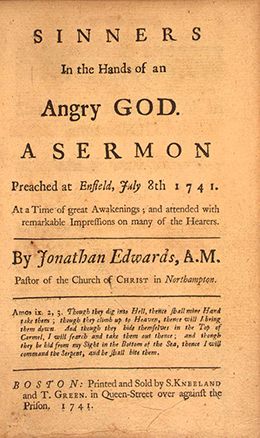| << Chapter < Page | Chapter >> Page > |

The foremost evangelical of the Great Awakening was an Anglican minister named George Whitefield. Like many evangelical ministers, Whitefield was itinerant, traveling the countryside instead of having his own church and congregation. Between 1739 and 1740, he electrified colonial listeners with his brilliant oratory.
Not everyone embraced George Whitefield and other New Lights. Many established Old Lights decried the way the new evangelical religions appealed to people’s passions, rather than to traditional religious values. The two illustrations below present two very different visions of George Whitefield ( [link] ).

Compare the two images above. On the left is an illustration for Whitefield’s memoirs, while on the right is a cartoon satirizing the circus-like atmosphere that his preaching seemed to attract (Dr. Squintum was a nickname for Whitefield, who was cross-eyed). How do these two artists portray the same man? What emotions are the illustration for his memoirs intended to evoke? What details can you find in the cartoon that indicate the artist’s distaste for the preacher?
The Great Awakening saw the rise of several Protestant denominations, including Methodists, Presbyterians, and Baptists (who emphasized adult baptism of converted Christians rather than infant baptism). These new churches gained converts and competed with older Protestant groups like Anglicans (members of the Church of England), Congregationalists (the heirs of Puritanism in America), and Quakers. The influence of these older Protestant groups, such as the New England Congregationalists, declined because of the Great Awakening. Nonetheless, the Great Awakening touched the lives of thousands on both sides of the Atlantic and provided a shared experience in the eighteenth-century British Empire.
The Enlightenment , or the Age of Reason, was an intellectual and cultural movement in the eighteenth century that emphasized reason over superstition and science over blind faith. Using the power of the press, Enlightenment thinkers like John Locke, Isaac Newton, and Voltaire questioned accepted knowledge and spread new ideas about openness, investigation, and religious tolerance throughout Europe and the Americas. Many consider the Enlightenment a major turning point in Western civilization, an age of light replacing an age of darkness.

Notification Switch
Would you like to follow the 'U.s. history' conversation and receive update notifications?